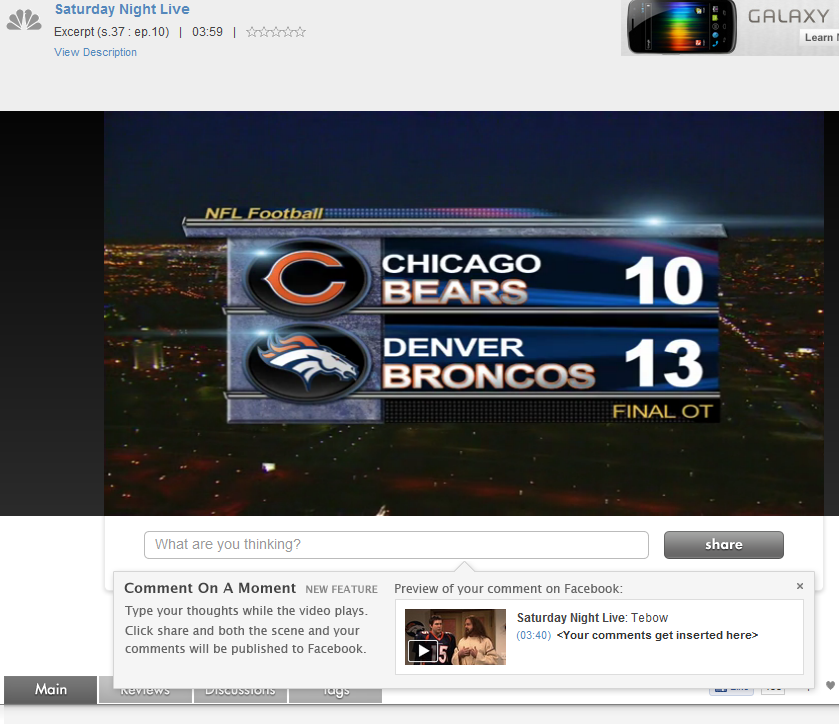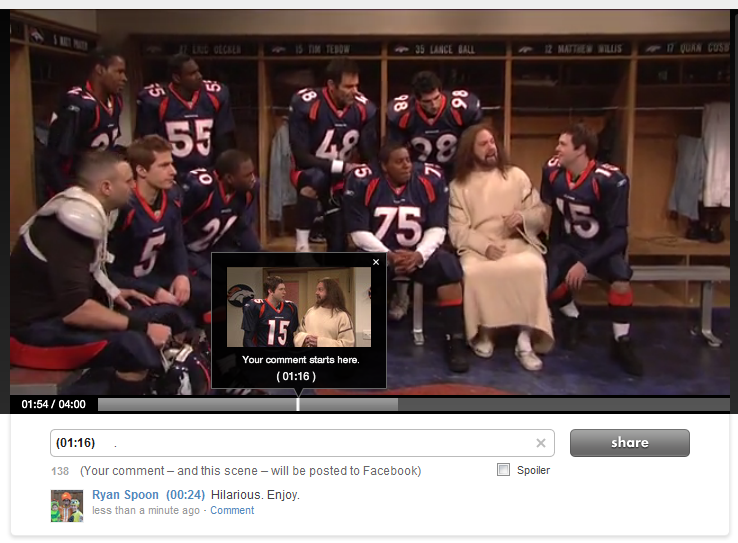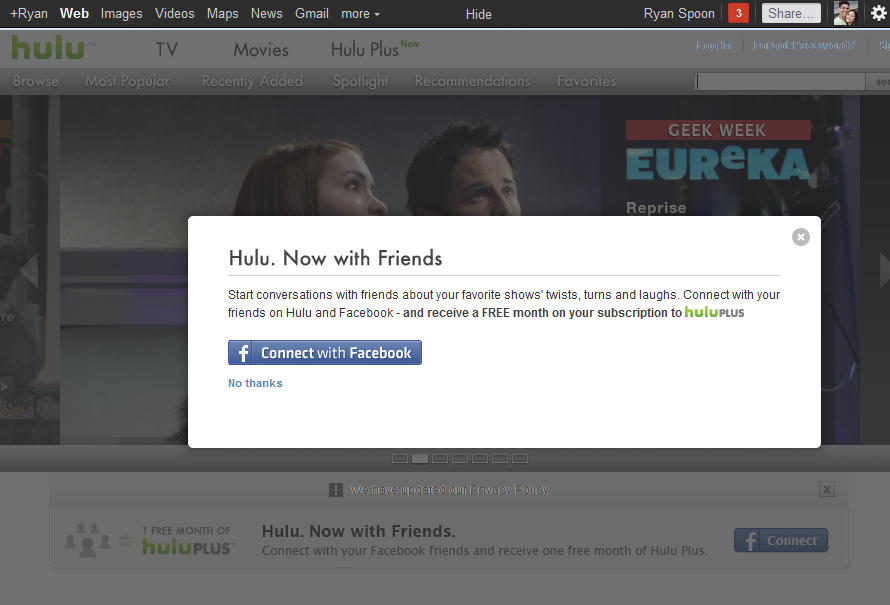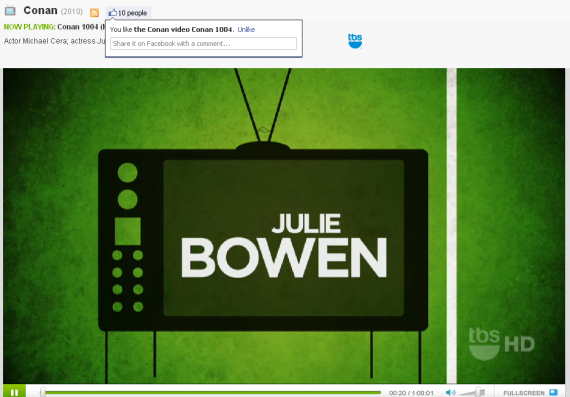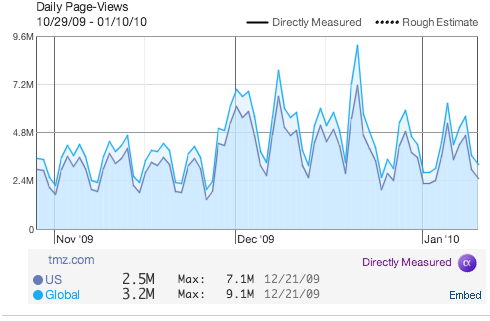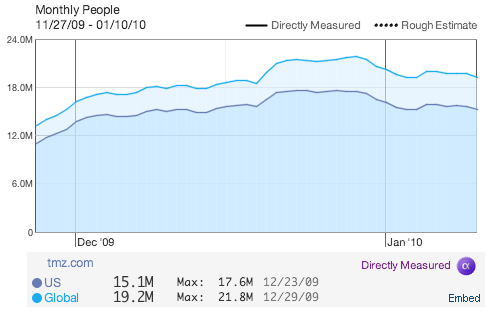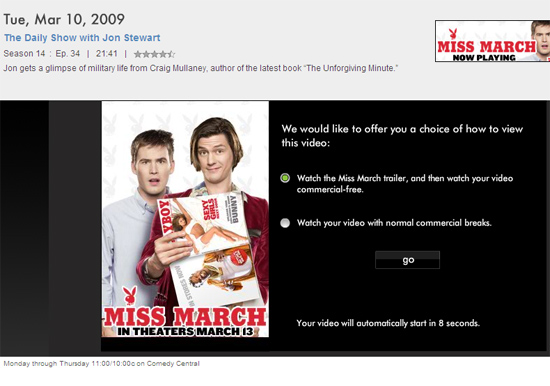I love Hulu.
Hulu understands the web, delivers great quality, the experience is simple, and understands both search and portability.... better than any other video site on the web.
When YouTube hit it big, much credit was given to Saturday Night Live's Lazy Sunday video - and appropriately so. Hulu hasn't had a Lazy Sunday equivalent - in part because hit videos are now distributed across numerous sources and players. But Hulu did see big growth thanks to the election and the subsequent Sarah Palin hit videos (thank you Tina Fey).
While Hulu can't point to a single video, it can look to Family Guy, American Dad and Saturday Night Live. Hulu sorts videoes by time (all time, week, day, etc) and type (episodes and clips).
For episodes, Fox cartoons account for nearly 100% of the most popular videos:
Today's most watched: 8/8 episodes are Family Guy
This week's most watched: 7/8 episodes are Family Guy
This month's most watched: 5/8 episodes are Family Guy, 1/8 is The Simpsons
All time most watched: 8/8 Family Guy
For clips (usually four minutes and less), Saturday Night Live represents the majority:
Today's most watched: 4/8 are SNL
This week's most watched: 6/8 clips are SNL
This month's most watched: 7/8 are SNL
All time most watched: 7/8 are SNL
I understand why SNL dominates Hulu Clips - great content intended to be digested in "clip" format. But I am surprised that Hulu episodes are dominated by a single source... after all, Hulu has great diversity. I have never watched an episode of American Dad or Family Guy on Hulu, but I have watched Arrested Development and The Office... and I would expect that similar shows appeal to larger demographics. This suggests one (or all) of the following:
- As consumers move from viewing clips to full episodes, shows like Family Guy are best suited for that shift (less plot, more one-liners)
- Hulu's core user base is younger (according to Quantcast, 50% of viewers are under 34)
- Cartoons are simply more viral
Regardless, I hope that Hulu continues to onboard all types of content... after all, I believe Hulu is a key to bringing the internet to the television.



